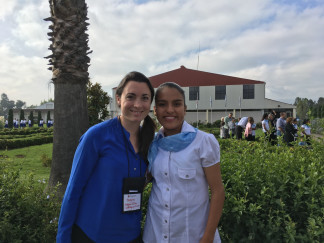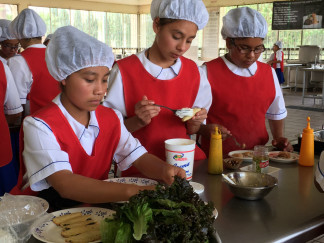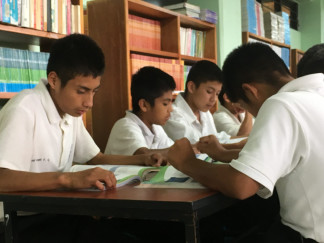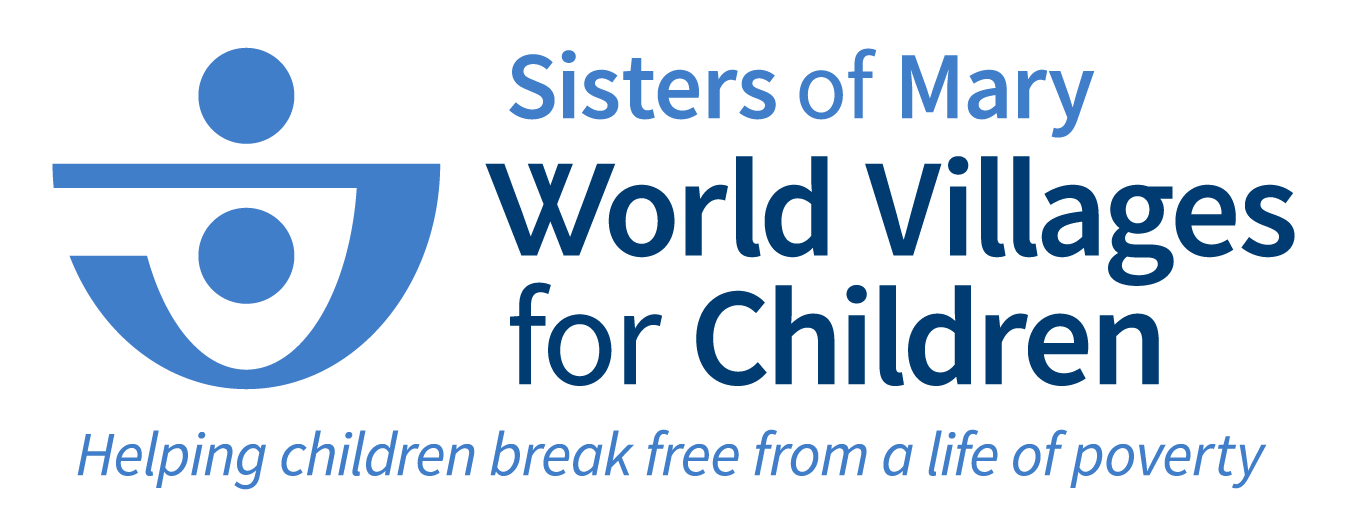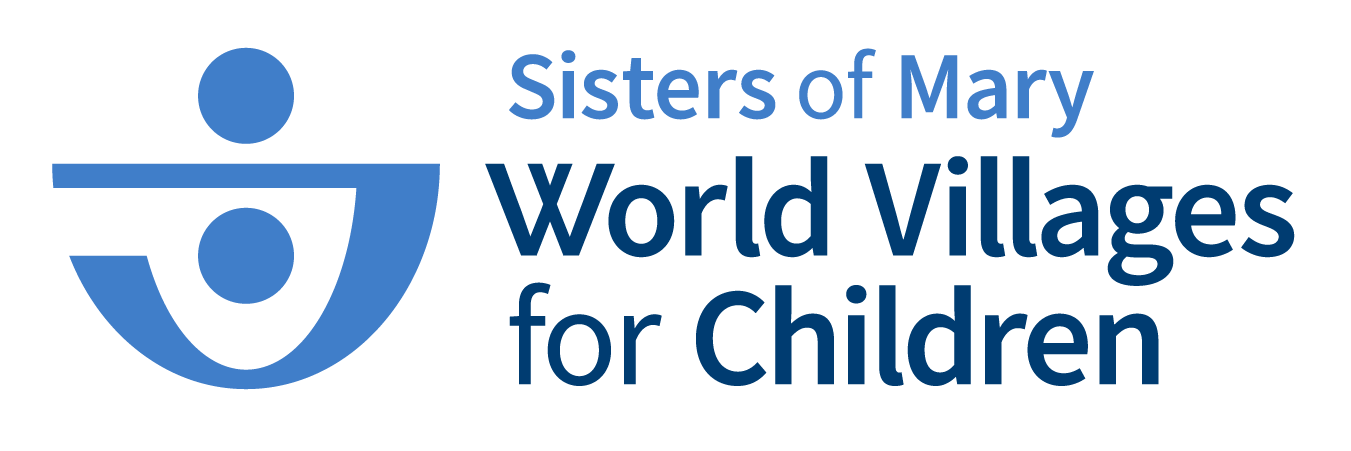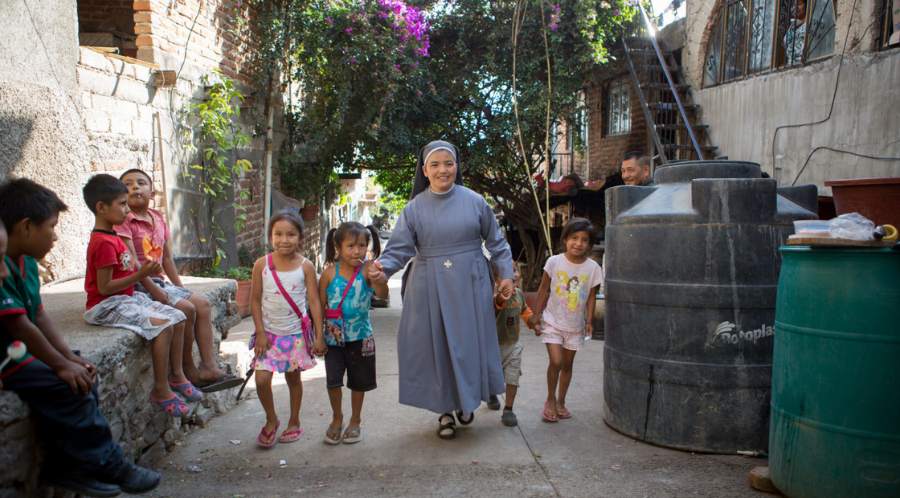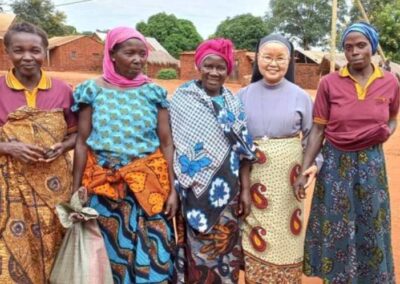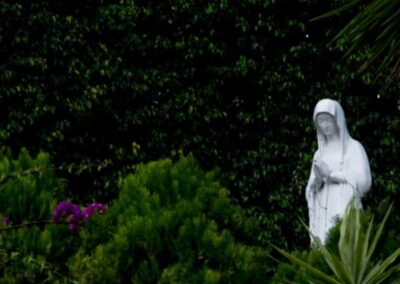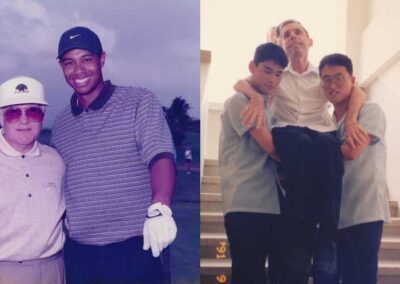Written by Maryline O’Shea
Upon my arrival in Guadalajara around 8pm, I was greeted at the airport by two Sisters and our driver. We also met up with a film crew of 2 recruited a few months earlier to document this journey.
The Boystown is located about an hour away, surrounded by trees in the hills located to the West of Guadalajara. The first morning was spent filming an interview with Sister Margarita, the local superior of the Boystown, and visiting the campus, classrooms and workshop facilities.
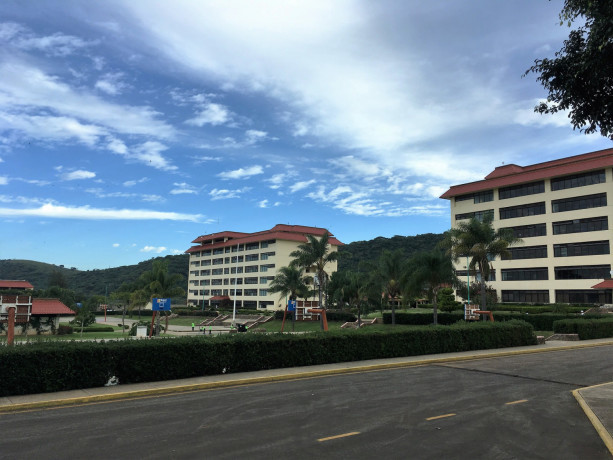
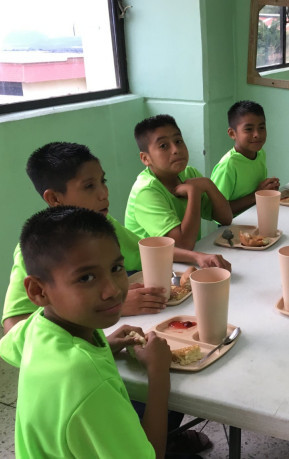
The boys who attend the Sisters of Mary school in Guadalajara range in age from 11 to 17, and attend 3 years of middle school, then 2 years of high school that also include extensive vocational training.
The classrooms and living spaces are split up into two large buildings, each holding about 1,000 boys. Each building also includes a professional kitchen that delivers warm meals to the 6 floors of dormitories and living areas 3 times a day!
We started filming the boys as they practiced physical education outside – a soccer team (8 weeks undefeated!), a class of first-year students warming up before a taekwondo lesson, and a group of more experienced high schoolers practicing kicking in their taekwondo uniforms.
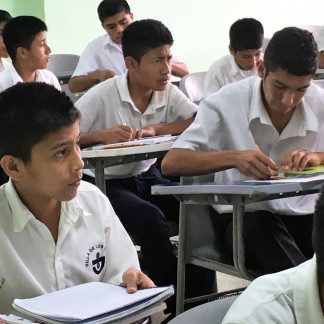
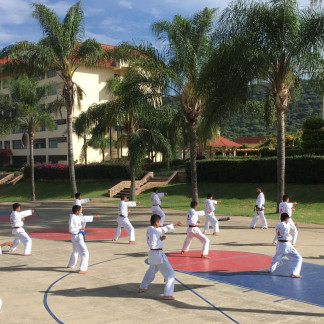
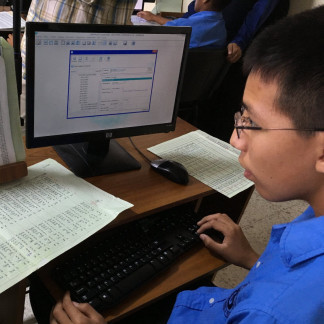
The video crew went on to film the boys in the classrooms until early afternoon – from math to accounting, English, etc. The boys’ discipline and attention was quite striking considering there are between 45 and 50 children per classroom! They were very attentive and eager to participate in class.
That afternoon, we left the Boystown to visit a few families of the children, about two hours away. I had arranged with Sister Margarita to see the typical living conditions of some of the boys who joined the school.
And so, four boys – 3 first year students (11 years old) and a high schooler (15 years old) – went along with our group to return to their homes for a short visit. The boys’ homes were within a few minutes of each other.
Words can hardly describe the state of blatant poverty in the small village of San Pedro Itzicán, on the north shore of Lake Chapala:
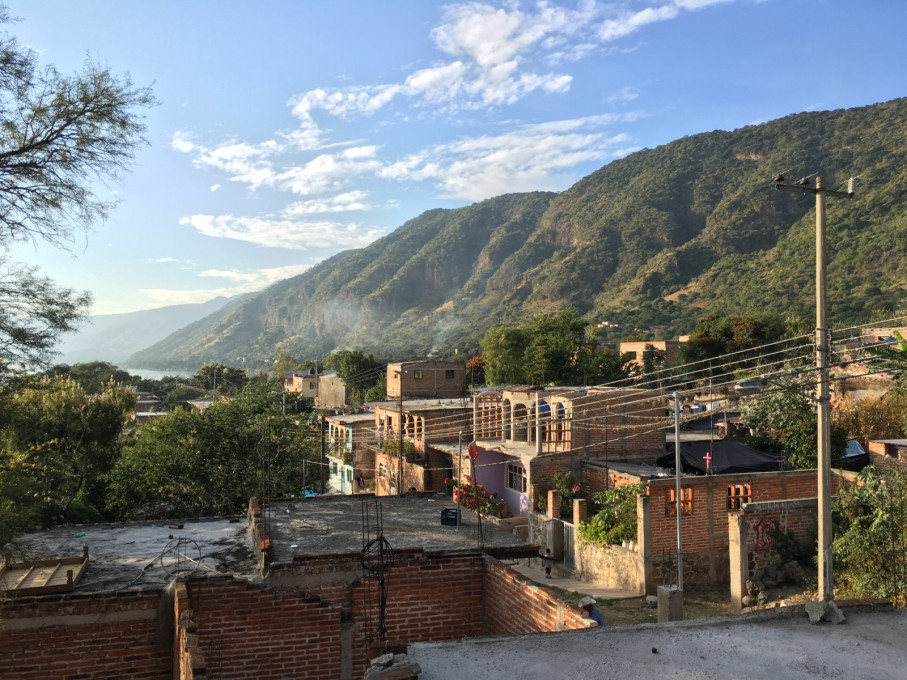
The dire economic situation of these families was all too clear.
Often, only one parent or relative was able to work, and grandparents helped take care of the younger siblings.
These homes consisted of only one or two rooms in buildings that otherwise appeared unfinished or abandoned. Each home accommodating 6 to 8 people – everyone sharing the same floor at night, on cardboard, or mattresses for the most fortunate ones.
The lack of bathroom in any of them portrayed the absence of adequate sanitation. The nearly bare kitchen corner reminded us that there wasn’t much food to cook to start with…
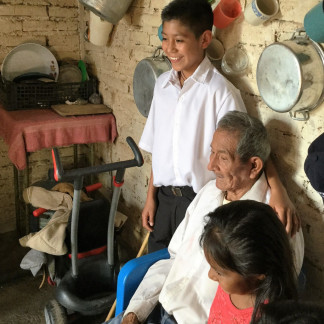
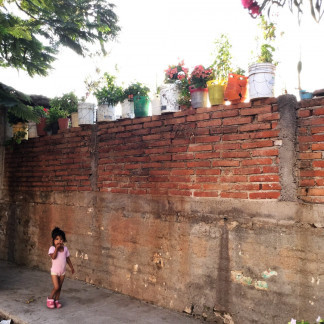
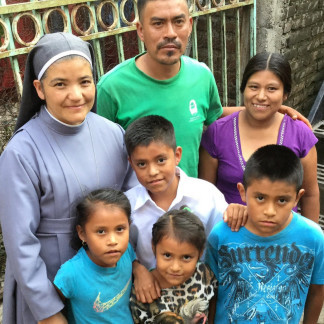
On my second day in Guadalajara, we went to interview a graduate from our Girlstown; Alexandra (pictured with Sister Teresa and Sister Margarita) is head of finance and accounting for a small business. She graciously answered my questions and expressed how grateful she is for the education she received with the Sisters. She seemed so happy with her life – and clearly elated to see the Sisters who came along with me.
We finished the day with filming more of the classroom and vocational training. In all of the Sisters of Mary schools – not just in Mexico – the children learn essential skills and trades that will allow them to secure a job right after graduation. There is an entire building dedicated to these workshops, including culinary arts, jewelry making, automotive engineering, auto body repair, and more.
On my last night at the Boystown, all the boys gathered in the gymnasium and treated me to a one-hour long performance where they proudly displayed their talents with dancing, singing, and other forms of entertainment. It was a very special night!
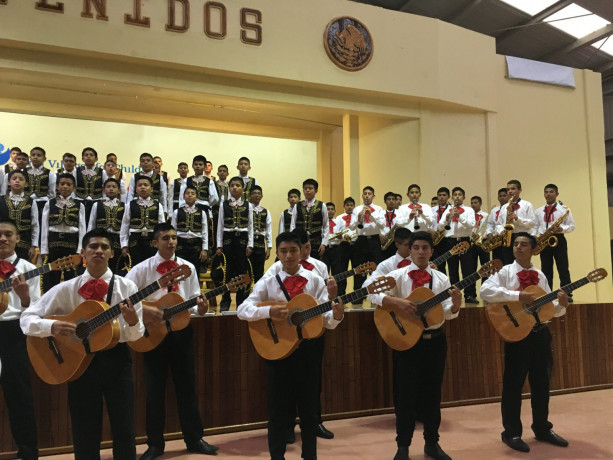
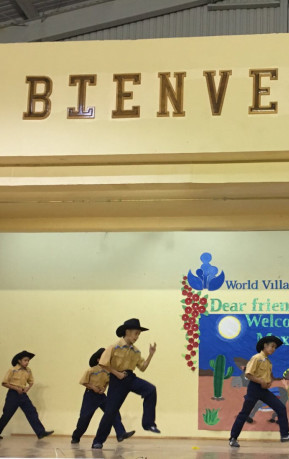
The next day, on Saturday, we travelled to Mexico City and the filming crew headed straight to Chalco to continue documenting the activities of the school there, including the life of the children in their “family” routine.
A family usually consists of 45 to 50 children who share the same dormitories – with 3-level bunk beds! – have their meals together and go to class as a group. There is usually one Sister responsible for 3 to 5 families who assumes the role of Mother-Sister for as many as 250 children!
Meanwhile, I joined a group of about 45 pilgrims from the US on their visit of the Metropolitan Cathedral in Mexico City (the largest cathedral in the Americas!) and the Basilica and the shrine of our Lady of Guadalupe.
I was privileged to attend a mass at the nearby Cerrito chapel, officiated by one of the visiting priests. A small group of girls from our Girlstown contributed with their singing… A very touching celebration that I won’t forget!.
On Sunday, this same group came to see our Girlstown in Chalco, about an hour outside Mexico City.
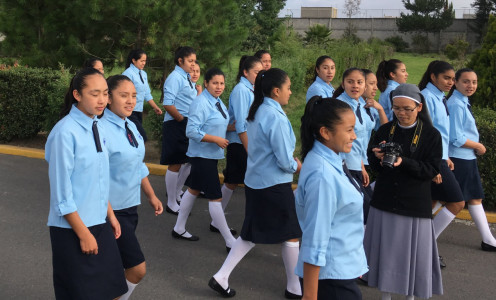
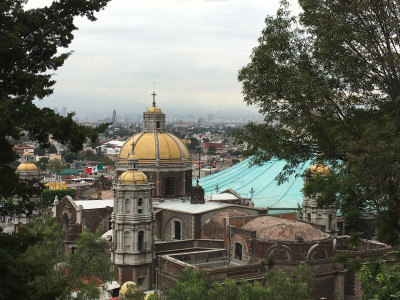
Each visitor was assigned a student-guide to walk us through the day which included a mass with all the students in the gymnasium, a lunch with the Sisters of Mary, and a tour of the campus.
The Girlstown is home to nearly 3,400 girls, and is therefore significantly larger than the Boystown. Vocational training at the Girlstown includes dress making, culinary arts, computer-assisted design, accounting and much more!
Everyone was very impressed with the work of the Sisters!
And I felt so honored and proud to help raise awareness of our wonderful mission. On behalf of the Sisters of Mary and the children under their care, thank you for your generous support!
